How the Congress leader’s racist remark stirred controversy in India?
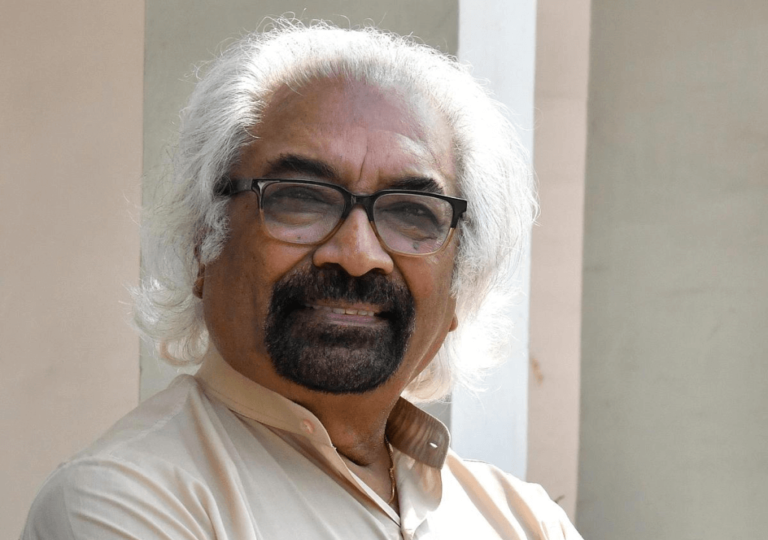
Controversial comments by Indian National Congress leader Sam Pitroda spark outrage, highlighting deep-seated racism in Indian society and politics.

Controversial comments by Indian National Congress leader Sam Pitroda spark outrage, highlighting deep-seated racism in Indian society and politics.
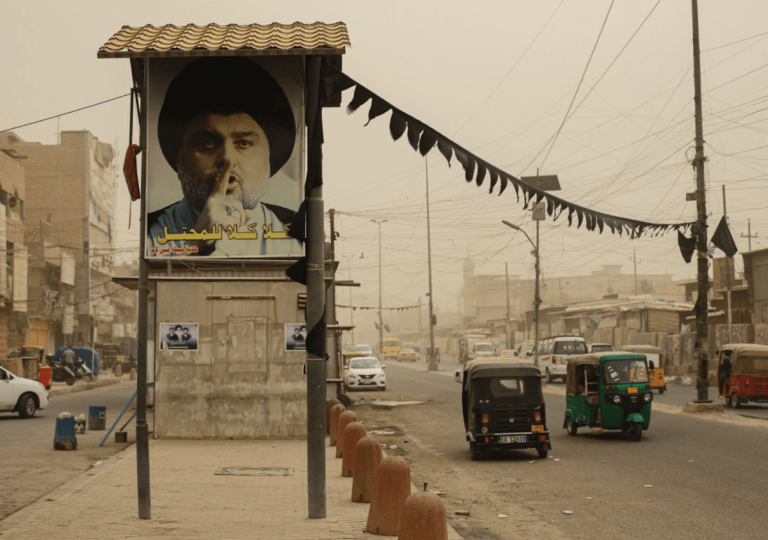
Iraq's complex power dynamics involve shifting allegiances between the US and Iran, impacting its political landscape.
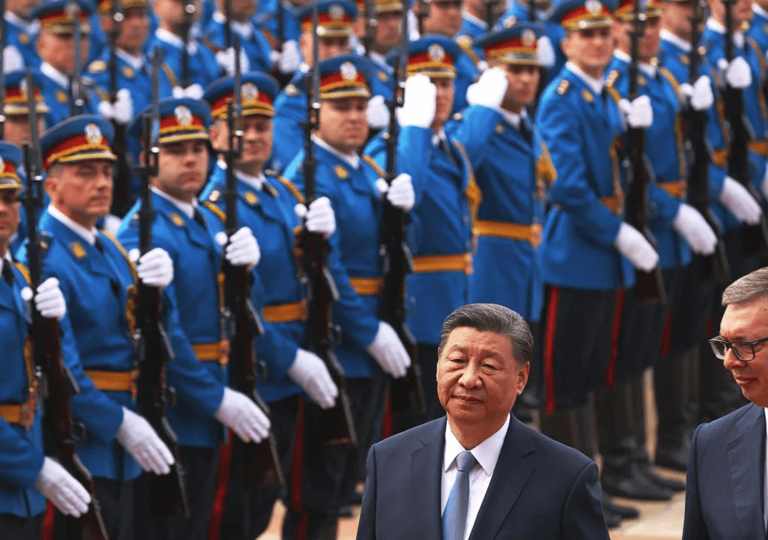
Hungary, a Trojan horse to Europe, maintains warm ties with Russia and China, signing deals to strengthen economic collaboration, raising concerns in the EU.
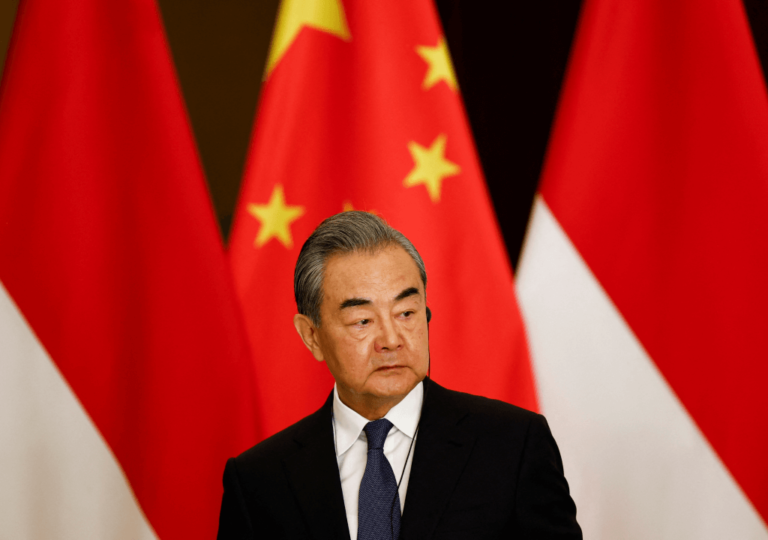
China emerges as a significant player in mediating the Israel-Palestine conflict, aiming to reconcile Palestinian factions and establish a recognized Palestinian state.
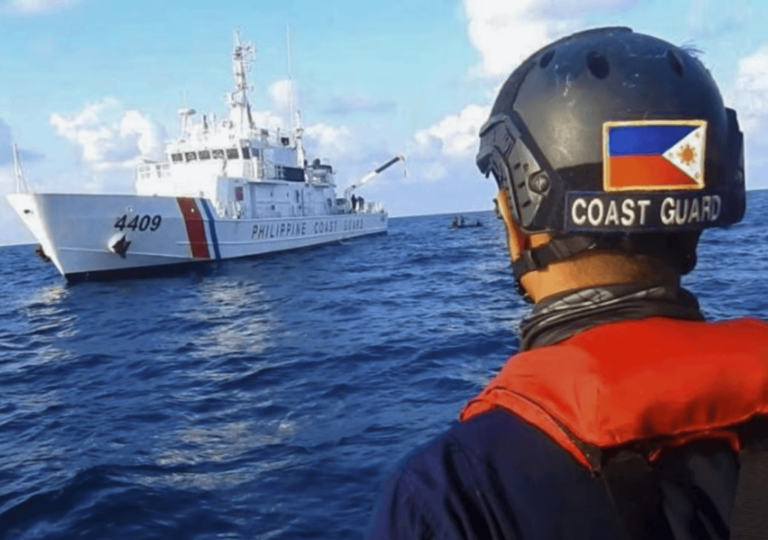
A new regional bloc, dubbed the "Squad," is forming between Australia, Japan, the Philippines, and the US to counter China's growing assertiveness in the South China Sea.
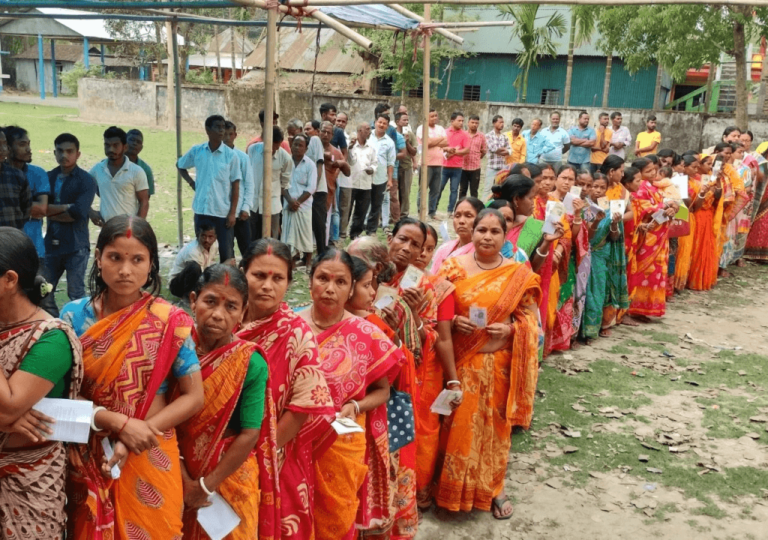
The Indian general election faces challenges with declining voter turnout in the first three phases. Reasons range from summer heat to political disinterest.
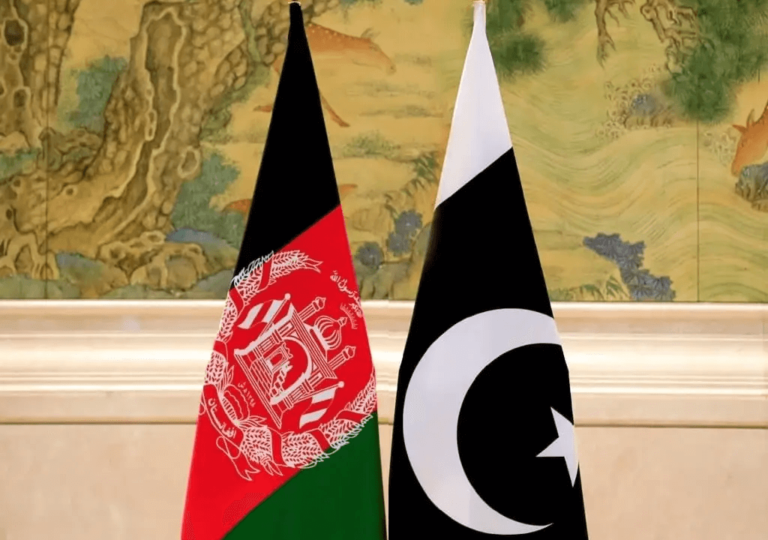
Pakistan faces existential crisis due to poor governance, separatism, and terrorism, with strained ties with neighbors like India and Afghanistan over border disputes and refugee issues.
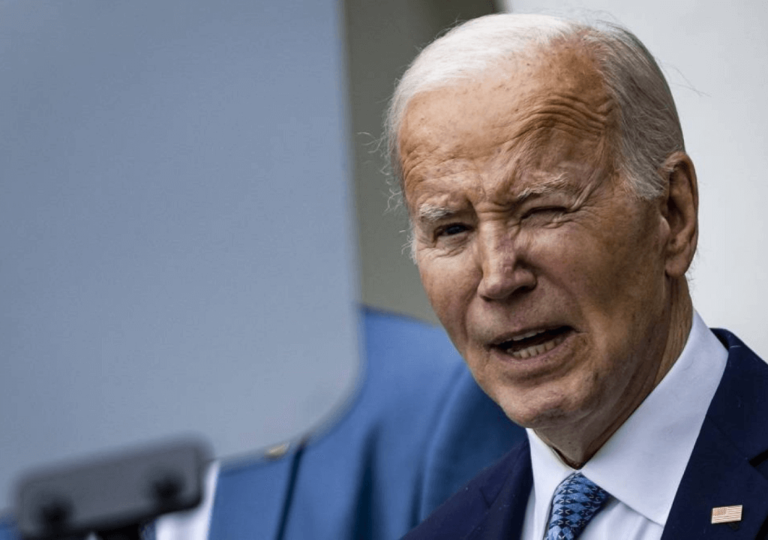
President Biden's controversial comments on immigration policies of Asian countries, Japan, China, Russia, and India have stirred reactions, especially from Japan, a key ally.
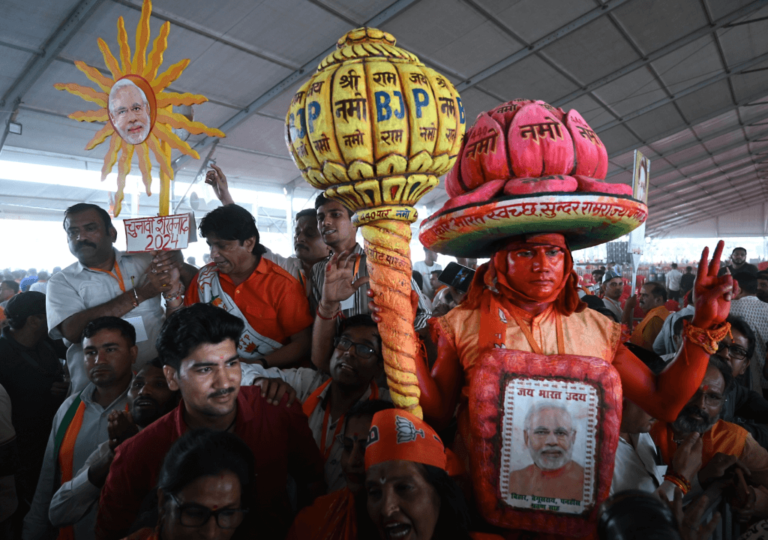
Uttar Pradesh, India's most populous state, holds significant influence in the country's parliamentary system.
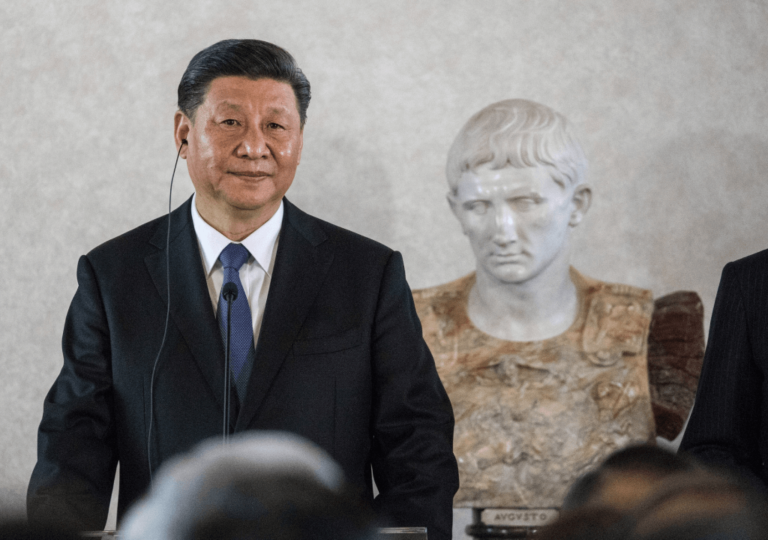
Chinese President Xi Jinping's visit to Europe amid trade tensions and Ukraine crisis. Focus on tariffs, trade agreements, and geopolitical dynamics.